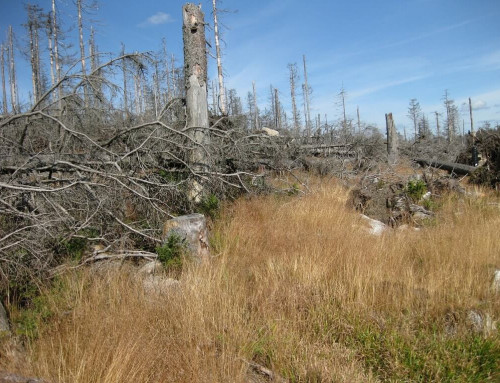
A floodplain and its common features. Image credit weebly.com
ZIMSEC O Level Geography Notes: Floodplains and Levees
Floodplain
- These are typically found in the middle and lower course sections of the river.
- They are gently sloping surfaces of alluvium that result from lateral erosion and material deposited onto the valley floor.
- A flood plain commonly has the following river features alluvium, marshes, meanders and ox-bow lakes which are remnants of cut off meanders.
- When a river is in flood it overflows its banks and covers the whole plain upon which it deposits some of its load.
- The continual deposition results in the formation of levees.
- These are ridge like features resulting from deposition.
- Flood plains may become so large and wide the the edges of the meanders may not be able to reach the sides of the valley for example the Nile River and the (Yellow River) Huang Ho.
- In meanders both lateral and vertical erosion takes place resulting in the removal of the original floodplain and the formation of a new one.
- The pieces that survive the erosion form terraces which have varying heights and often times the heights of terraces might not match those on the other side.
- This differentiates these terraces from the ones formed by river rejuvenation.
- The river Benue has a well developed flood plain.
- It is important to note that floodplains are both a depositional and erosional feature.

Natural terraces resulting from successive erosion of floodplains. Image credit Kent.edu
Levees and tributaries with deferred junctions
- Flooding causes deposition to take place on a river’s banks because the water is slower there and therefore has less energy to transport the load.
- As already said above, continued flooding results in the formation of raised banks.
- These ridges are known as natural levees.
- Most flooding takes place at the edges of the channel since the water is slower
- The river then flows above the level of the floodplain which causes tributaries to defer joining with the main stream.
- Tributaries flow parallel to the river, with some flowing into depressions resulting into swamps, while others eventually join the main river further downstream forming what are known as deferred junctions.
- Rivers that flow above the flood plain present great risk of flooding to nearby settlements for example the (Yellow River)Huang Ho in China and the Mississippi in the United States.
Swamps/Marshes
- This is stagnant water that is clogged with water loving vegetation.
- They occur in the flood plain due to frequent flooding and where tributaries fail to enter the main stream (i.e. deferred junctions where a tributary flows over a depression).
Bluffs
- This is a prominent slope that mark the edge of a floodplain.
- These steep promontory cliffs are sometimes found on the outside bend of a meander.
To learn more about landforms resulting from river processes go to this page.
To access more topics go to the Geography Notes page.



